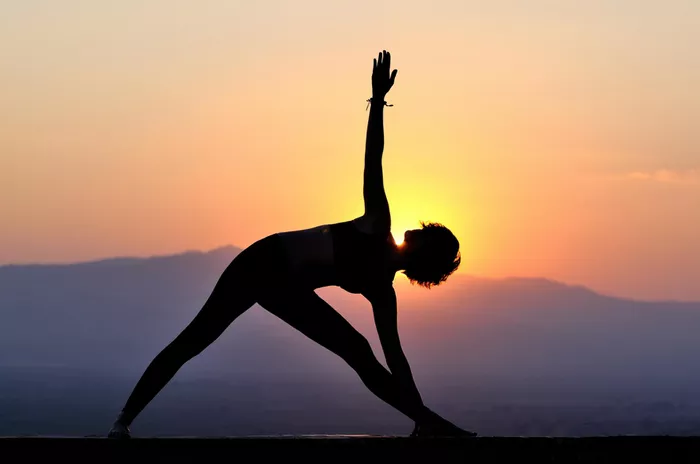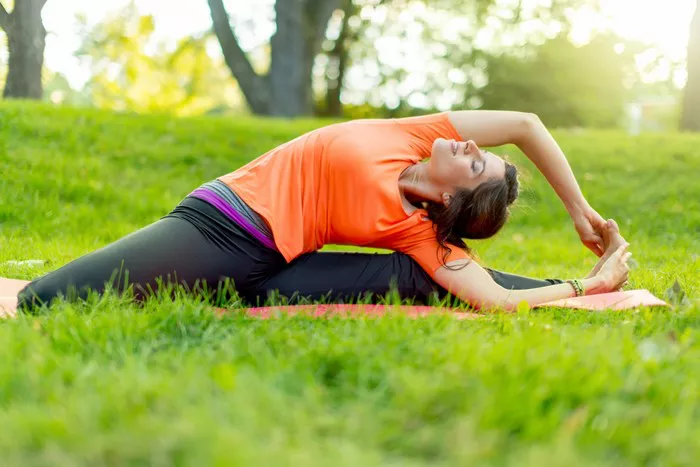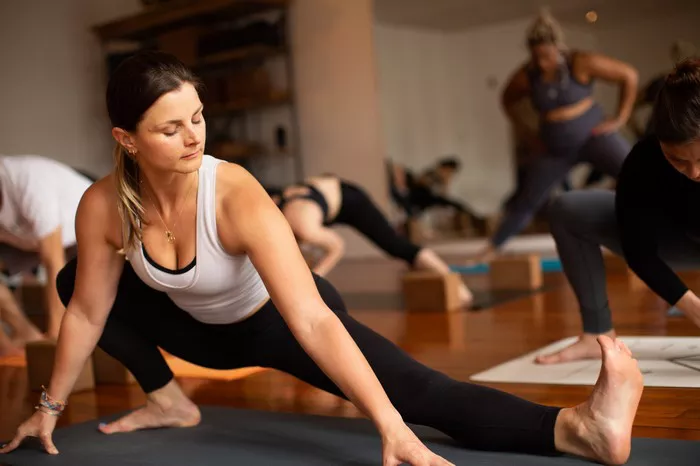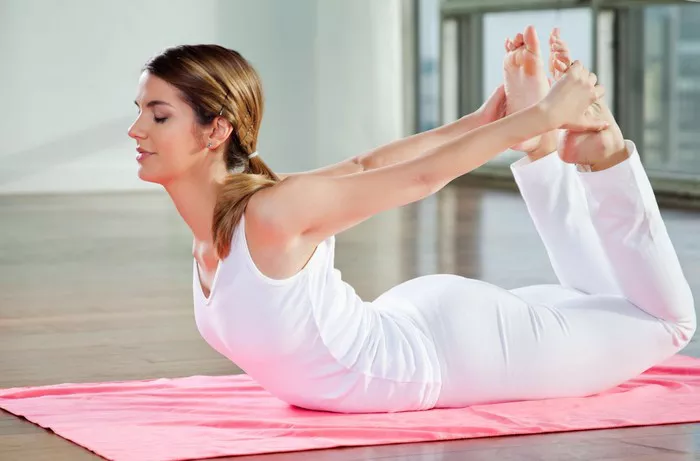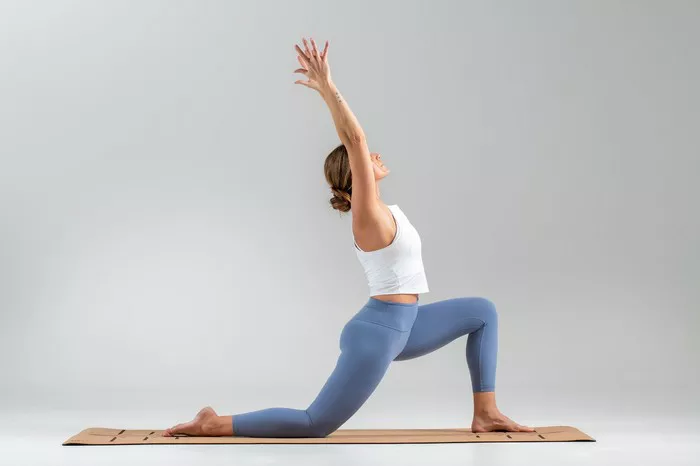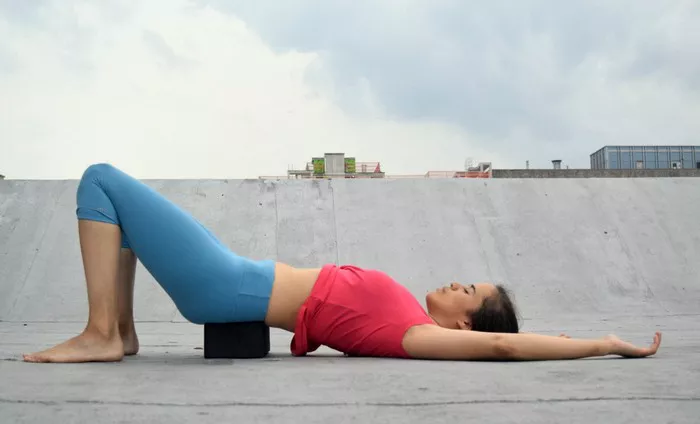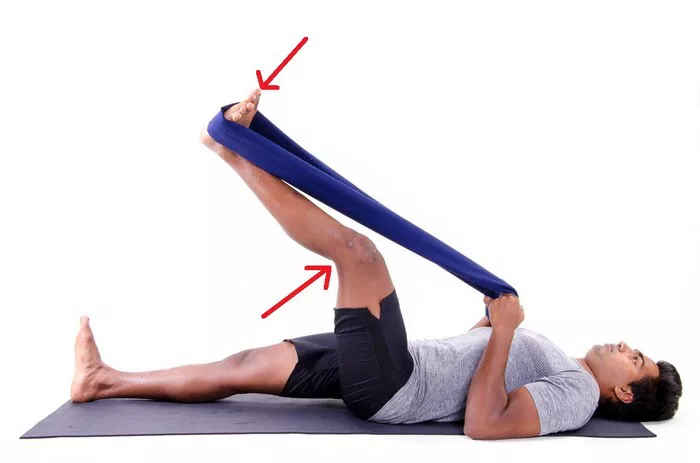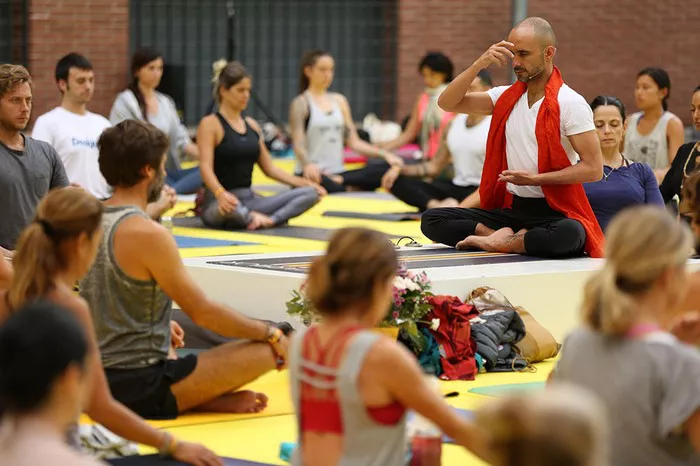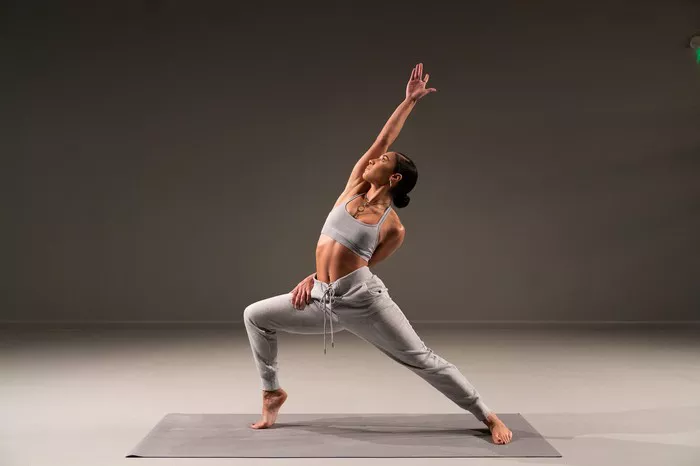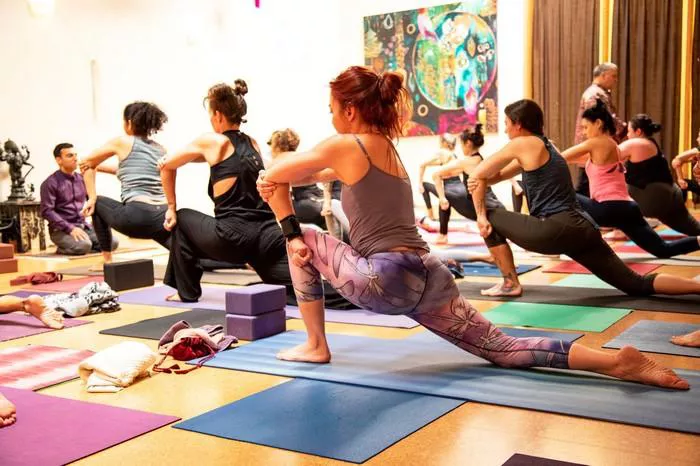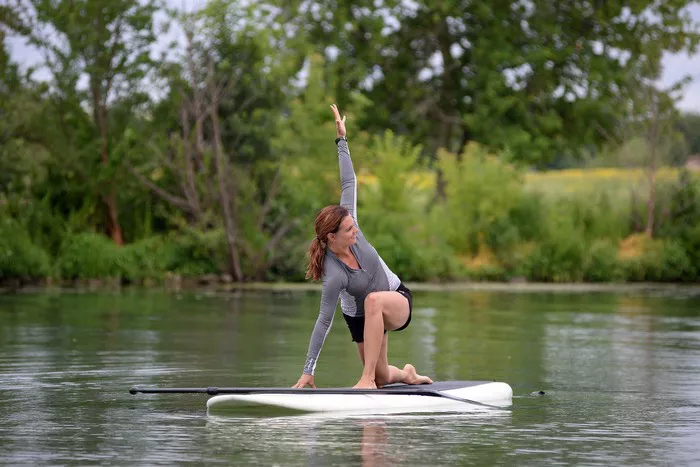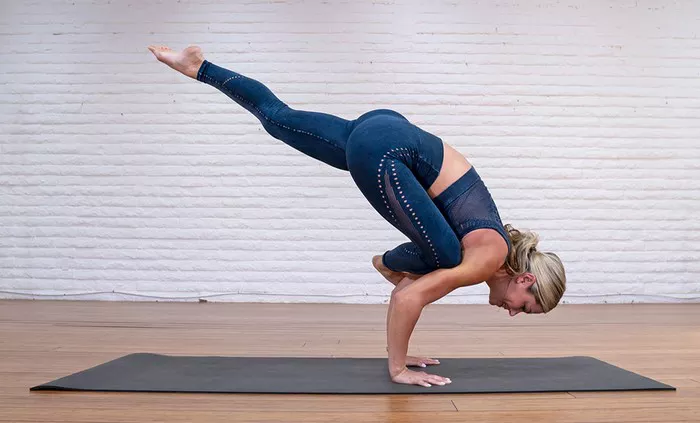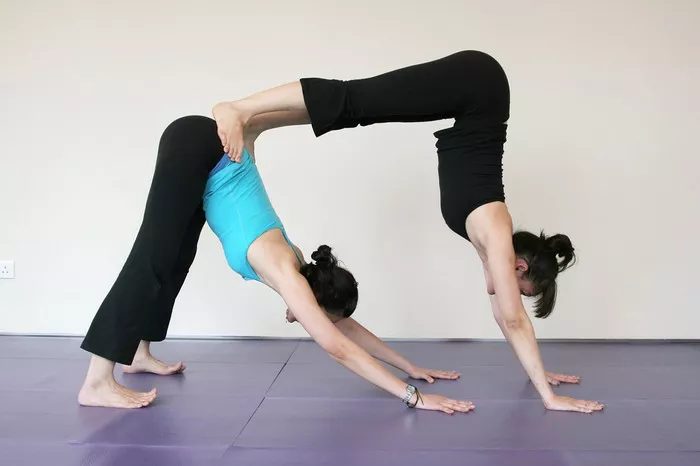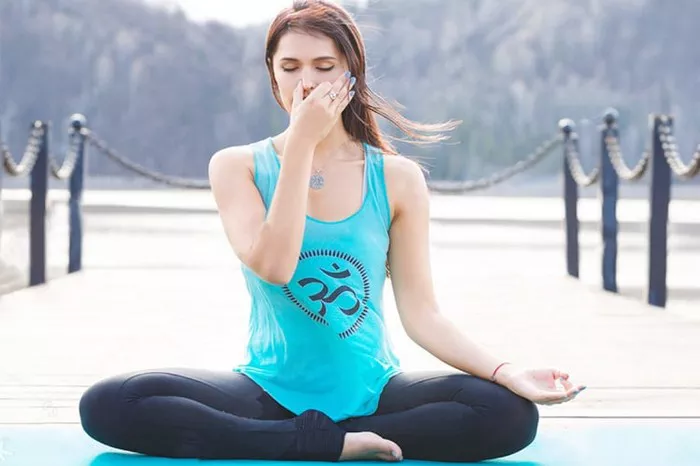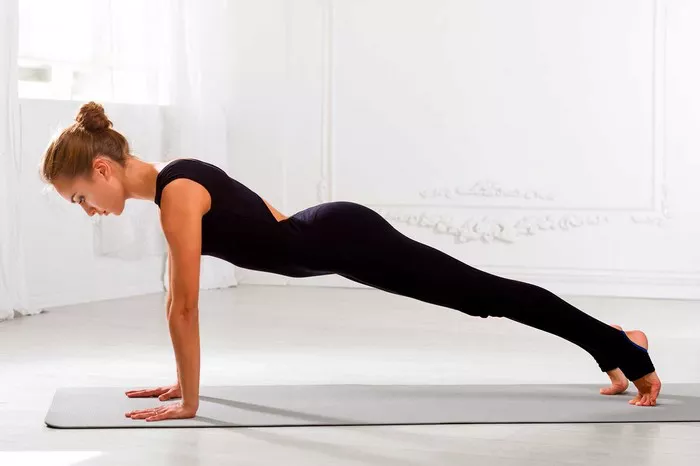Vrikshasana, also known as the Tree Pose, is one of the foundational standing poses in yoga that reflects the grace, balance, and strength of a tree. The Sanskrit term “Vriksha” means “tree” and “asana” means “pose” or “posture.” This pose is often recommended for beginners and experienced yogis alike due to its simplicity and effectiveness in enhancing overall physical and mental health.
Practicing Vrikshasana regularly can help individuals achieve a better sense of equilibrium in their body and mind. Unlike many complex yoga postures, Vrikshasana is accessible and can be practiced without specialized equipment, making it a practical choice for people with different fitness levels. While it might look simple at first glance, maintaining the pose for a period requires focus, control, and consistency.
This article explores the top five benefits of Vrikshasana, detailing its impact on various aspects of physical, mental, and emotional well-being. Along with its primary advantages, we will also discuss tips for practicing the pose correctly and frequently asked questions that often arise about this timeless yoga posture.
1. Improves Balance and Stability
One of the most significant benefits of Vrikshasana is its role in improving balance and physical stability. In this posture, practitioners are required to stand on one leg while placing the other foot against the inner thigh or calf of the standing leg. This demands full engagement of the core and leg muscles, particularly the stabilizers.
How Balance is Enhanced
- The act of balancing on one leg naturally activates the muscles around the ankle, knee, and hip joints.
- Holding the position without support challenges proprioception — the body’s ability to sense its position in space — thereby sharpening neuromuscular coordination.
- Over time, regular practice strengthens the muscles that support balance, leading to reduced risk of falls, especially in older adults.
Improved balance is not only essential for yoga practitioners but also plays a critical role in daily activities like walking, climbing stairs, or playing sports. As balance improves, so does overall mobility and confidence in movement.
2. Strengthens Legs and Core Muscles
Vrikshasana is a powerful pose for building muscular strength, especially in the legs and core. When standing in Tree Pose, the body weight is supported by one leg, which activates and tones several muscle groups simultaneously.
Targeted Muscle Groups
- Legs: Quadriceps, hamstrings, glutes, and calf muscles all engage to maintain upright posture.
- Core: The abdominal and oblique muscles are activated to support the spine and provide stability.
- Feet and Ankles: The foot of the supporting leg constantly adjusts to maintain balance, strengthening the small intrinsic muscles in the foot and the ankle joint.
As the pose is held longer, muscular endurance is also improved. This increased strength and control can translate to better posture and reduced strain on joints, benefiting those with sedentary lifestyles or occupations that involve prolonged standing or sitting.
3. Enhances Concentration and Mental Focus
Vrikshasana is not just a physical exercise; it also demands considerable mental engagement. The need to maintain balance on one leg forces the mind to stay present and focused, thus improving concentration and mindfulness.
Mental Benefits of Vrikshasana
- Improved Focus: The posture requires gaze stabilization, often fixed on a single point (drishti), which trains the mind to remain steady.
- Calmness and Clarity: Controlled breathing and the meditative nature of the pose reduce mental clutter and anxiety.
- Increased Mindfulness: Being fully present in the posture fosters a sense of mindfulness, which can positively influence emotional regulation.
In a world where distractions are constant, practicing Vrikshasana can serve as a valuable mental discipline. Students, professionals, and even athletes can benefit from enhanced cognitive performance and better stress management through consistent practice.
4. Promotes Postural Alignment
Posture is a key component of overall health, and poor postural habits can lead to chronic back pain, fatigue, and musculoskeletal problems. Vrikshasana is excellent for correcting postural issues and reinforcing proper spinal alignment.
How Posture Is Improved
- The spine remains elongated and upright, encouraging natural curvature and proper alignment.
- The shoulders are kept back and relaxed, avoiding the common tendency to hunch forward.
- The hips are squared and evenly aligned, which counters imbalances caused by prolonged sitting or asymmetrical body use.
Maintaining good posture through Vrikshasana not only prevents physical discomfort but also enhances one’s appearance and self-confidence. A well-aligned body conserves energy and reduces the likelihood of injury in daily tasks and other forms of physical activity.
5. Fosters Emotional and Energetic Balance
In yogic philosophy, each asana is believed to influence energy centers (chakras) and subtle emotional states. Vrikshasana is associated with the root chakra (Muladhara), which is connected to feelings of security, grounding, and inner stability.
Emotional and Energetic Effects
- Grounding: The single-leg stance and connection to the earth instill a sense of being grounded and stable.
- Self-confidence: Successfully holding the pose can boost inner confidence and self-esteem.
- Stress Reduction: The integration of breath and stillness helps release emotional tension and anxiety.
Vrikshasana offers a calm yet powerful practice to cultivate emotional resilience. People experiencing emotional instability or stress may find great relief through its grounding and centering properties.
How to Practice Vrikshasana Correctly
To gain the full benefits of Vrikshasana, correct technique is essential. While the pose is relatively beginner-friendly, following proper alignment ensures safety and maximizes its effectiveness.
Step-by-Step Guide
- Stand straight with your feet together and arms by your side in Tadasana (Mountain Pose).
- Shift your weight to the left foot. Bend your right knee and place the sole of your right foot on the inner left thigh (or calf, but not the knee).
- Keep the hips level and the pelvis neutral.
- Join your palms in prayer position at the heart or extend them overhead.
- Fix your gaze on a single point to help with balance.
- Breathe deeply and hold the position for 20–60 seconds, then switch sides.
Common Mistakes to Avoid
- Placing the foot directly on the knee joint, which can cause strain.
- Leaning forward or arching the back excessively.
- Letting the standing leg’s hip jut outward.
Modifications and props can be used for those with limited balance or flexibility. Practicing near a wall or using a chair for support is a practical way to begin.
When and How Often to Practice Vrikshasana
Consistency is key when it comes to reaping the long-term benefits of yoga. Vrikshasana can be included in both morning and evening routines, depending on your schedule and energy levels.
Best Practices
- Practicing early in the morning helps energize the body and mind for the day ahead.
- An evening session can help calm the nervous system after a busy day.
Recommended Frequency
- Beginners: 3–4 times per week, gradually increasing duration.
- Intermediate to advanced: Daily practice for enhanced benefits.
Because the pose is not physically exhausting, it can be safely practiced daily and even multiple times throughout the day to center oneself or reset during moments of stress.
Conclusion
Vrikshasana is a multifaceted yoga pose that brings together strength, balance, concentration, and emotional well-being in a single practice. It strengthens the legs and core, enhances mental focus, improves posture, and nurtures a grounded emotional state. By incorporating Vrikshasana into your daily routine, you can experience a deeper connection between body and mind.
Whether you’re a beginner looking for a simple way to start yoga or an advanced practitioner aiming to refine your balance and awareness, Vrikshasana offers valuable benefits that extend far beyond the mat. Its versatility and accessibility make it a staple in any yoga practice.
FAQs
Q1: Is Vrikshasana suitable for beginners?
Yes. Vrikshasana is one of the most beginner-friendly poses in yoga. With slight modifications and proper support, even those new to yoga can perform it safely.
Q2: How long should I hold the Vrikshasana pose?
For beginners, holding the pose for 20–30 seconds is a good start. With practice, you can extend the duration up to 60 seconds or more on each leg for greater benefits.
Q3: Can Vrikshasana help with anxiety?
Yes. The meditative nature of the pose, combined with deep breathing, can significantly reduce anxiety and promote emotional balance.
Q4: What if I can’t balance on one leg?
You can use a wall or chair for support until your balance improves. Over time, regular practice will help you build the necessary strength and coordination.
Q5: Can pregnant women practice Vrikshasana?
With a doctor’s approval, Vrikshasana can be practiced during pregnancy with appropriate modifications and support. However, it should be done under the guidance of a certified yoga instructor.
Related Topics:

